Wake-Up Call: Young Soldiers Crush Drones While Leaders Lag in Project Flytrap
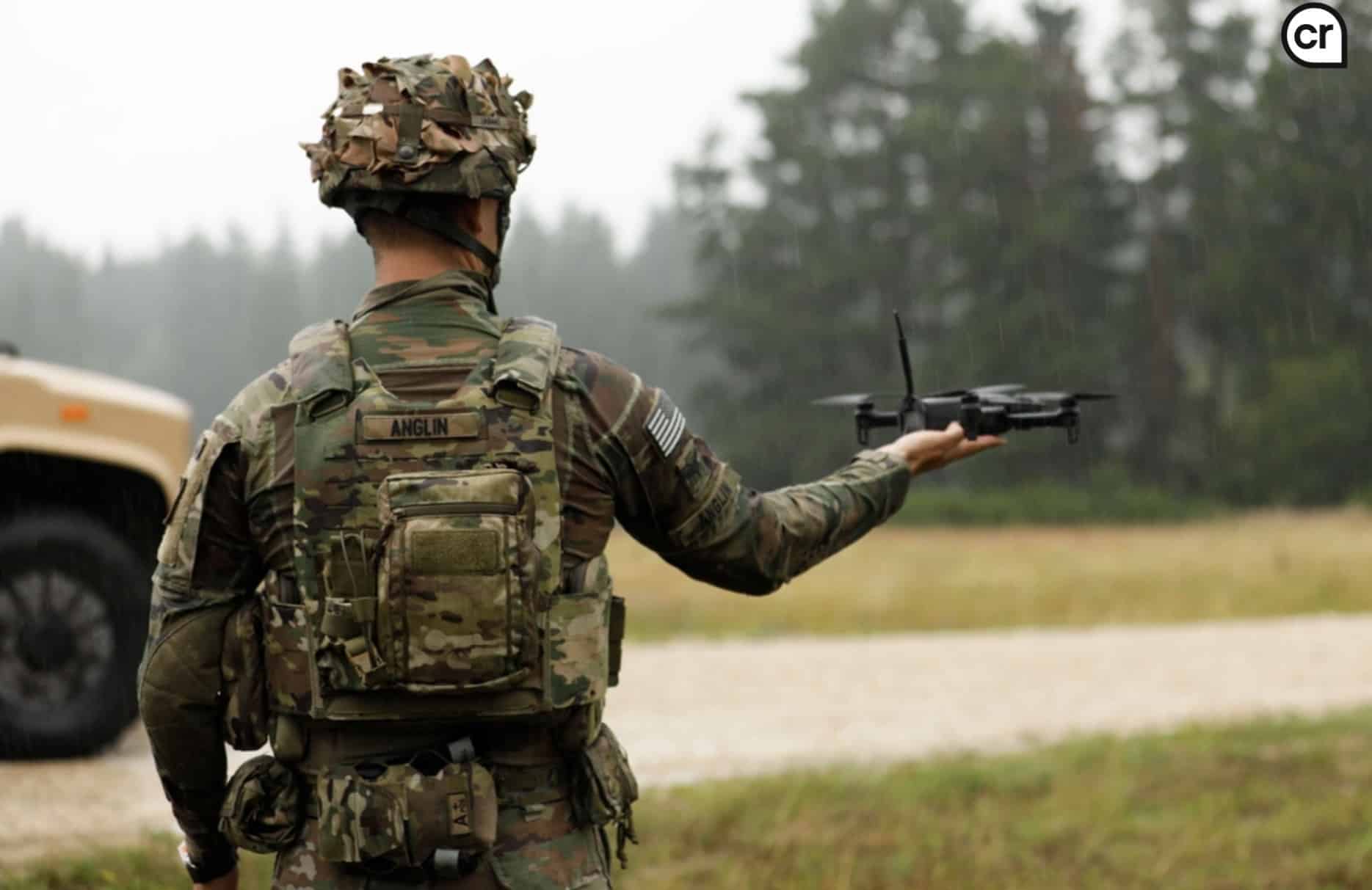
Imagine a battlefield where rookies master drones in hours, but generals are left in the dust—Project Flytrap just exposed the Army’s wild tech generational chasm.
In a recent Army exercise in Europe, Project Flytrap revealed a stark generational divide in drone proficiency, with younger soldiers mastering cutting-edge unmanned systems in hours while senior leaders grapple with integrating these technologies into battlefield strategies, reports Task & Purpose.

Rapid Drone Adoption by Junior Soldiers
During Project Flytrap, conducted at Hohenfels Training Area, Germany, and in Poland starting in June 2025, the Army paired soldiers with civilian engineers to test Small Uncrewed Aircraft Systems (SUAS) and counter-drone technologies.
Col. Donald Neal Jr., commander of the 2nd Cavalry Regiment, noted, “This younger generation of soldiers and leaders, they have a lot of these skill sets already just from coming from their STEM-focused schools throughout their education.”
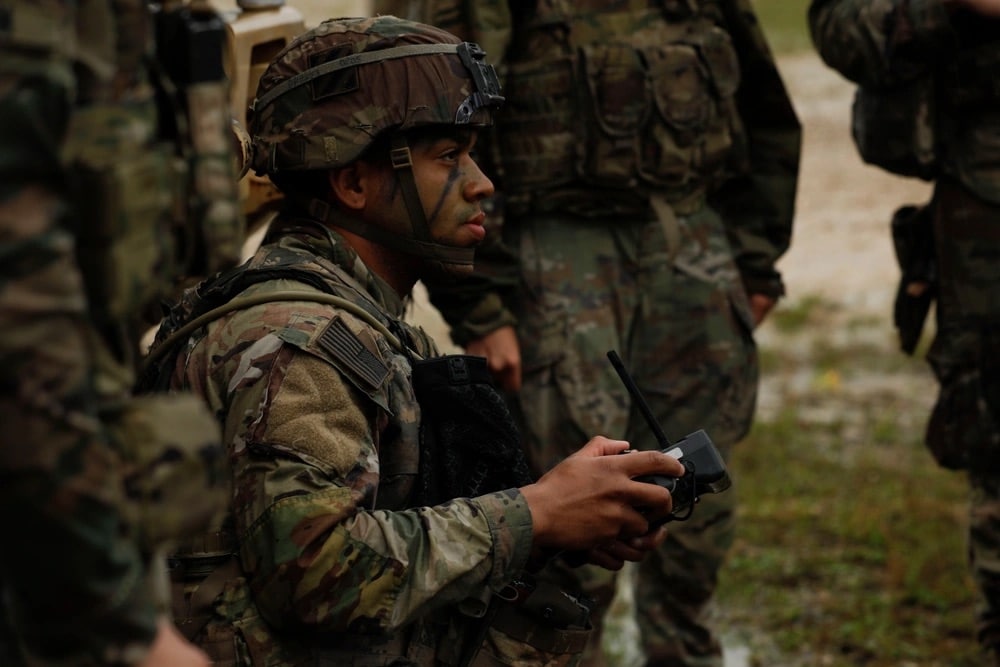
Soldiers, including those with hidden talents like drone-building or data science degrees, adapted to new systems in under eight hours, showcasing their readiness for drone-centric warfare.
This rapid uptake aligns with the Army’s Transform in Contact (TiC 2.0) initiative, led by Chief of Staff Gen. Randy George, which emphasizes real-time feedback to refine drone systems. Soldiers tested systems like the Skydio X10D and Teal Drones’ Black Widow, providing insights to engineers on the ground.
“Think of a soldier operating a piece of equipment with the person from industry next to him,” Neal said, highlighting the collaborative approach to enhancing drone usability.
Counter-Drone Tech and Layered Defense
Project Flytrap also focused on counter-drone strategies, testing both soft kills, like jamming radio frequencies, and hard kills, such as shooting drones down. Lt. Col. Jeremy Medaris emphasized the need for a layered defense:
“There is no silver bullet single solution, and the layering options that we have out here are very revealing to show what kind of equipment you need across a range of technologies.”
For example, the MyDefence Pitbull, a lightweight jammer worn as part of a soldier’s kit, can disrupt a drone’s flight by stalling it or forcing it to return to base.
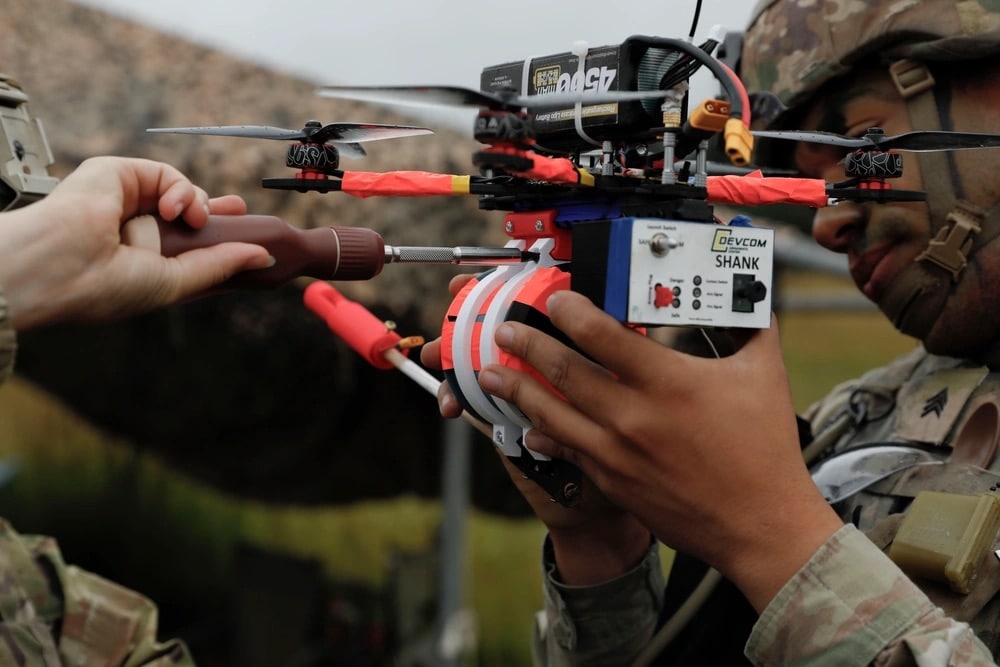
If jamming fails, soldiers can use specialized optics on M4 rifles for direct engagement, followed by vehicle-mounted systems with greater jamming power or infrared sensors. This layered approach ensures flexibility across various terrains and threats, maintaining core maneuver warfare principles like dispersion and protection.
Medaris noted, “The fundamentals of maneuver warfare still matter,” underscoring that drone defense integrates with traditional tactics.
Challenges for Senior Leadership
While junior soldiers excel, senior officers at the O-5 command level and above face challenges in managing fast-evolving drone threats.
Neal observed, “Once you start talking O-5 level command and above, there probably is a need for folks that understand how to manage data and how to manipulate software.”
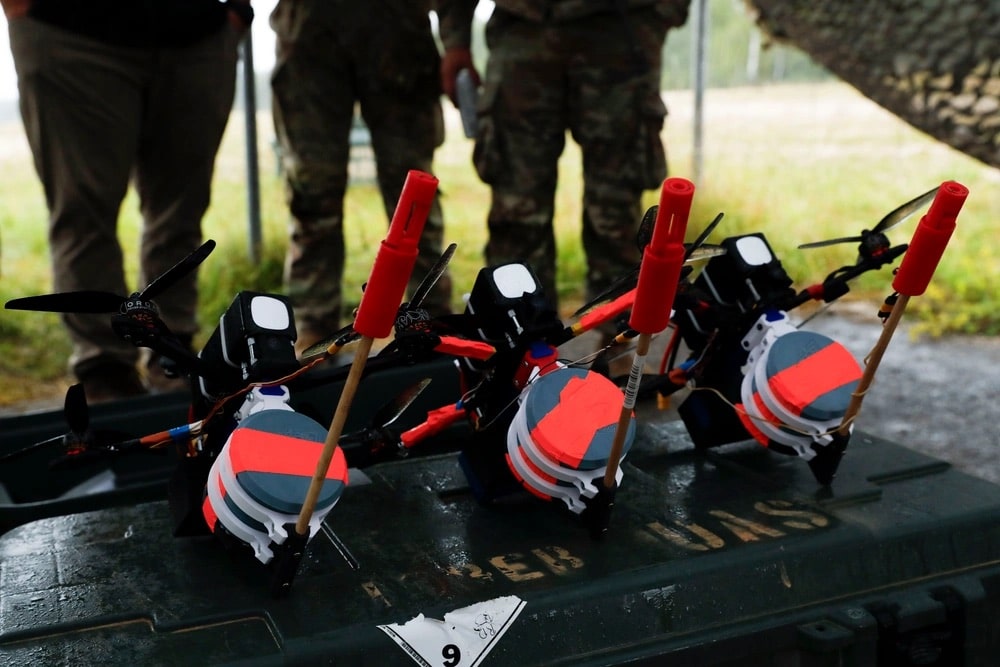
This gap raises questions about training programs for higher headquarters, which must process real-time drone data to make rapid decisions. The Army is still defining these needs, with Project Flytrap serving as a testing ground to identify skill deficiencies.
Implications for Drone Professionals
For drone professionals, Project Flytrap signals a growing demand for intuitive, soldier-ready SUAS and counter-drone systems. The Army’s focus on rapid deployment—evidenced by the April 2025 deployment of Tranche 2 SUAS to the 101st Airborne Division—suggests a market for compact, user-friendly systems like the Pitbull, which weighs less than a typical backpack.
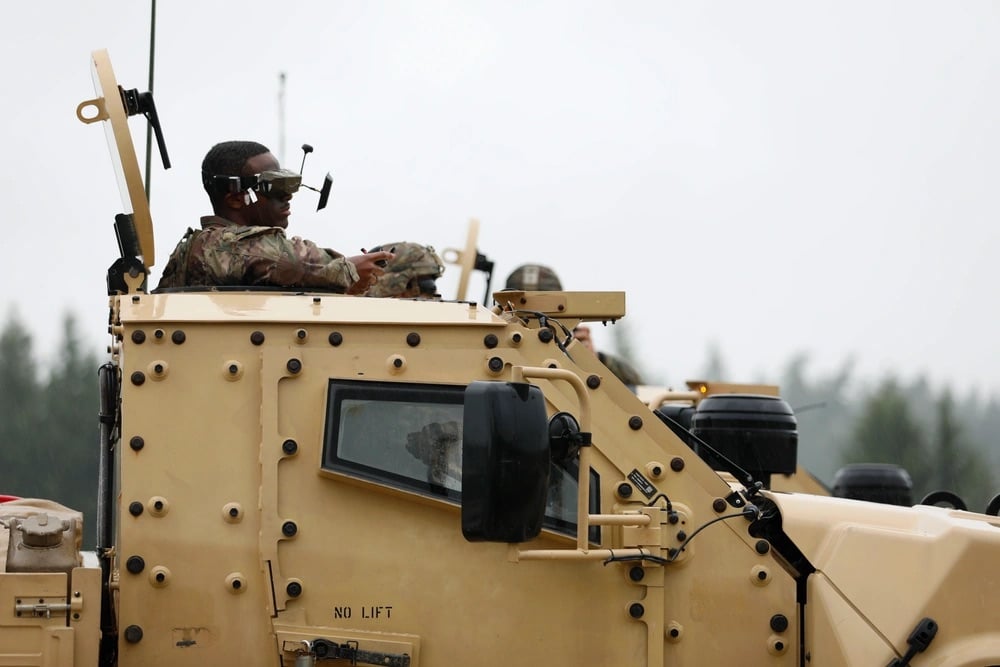
However, regulatory shifts allowing local commanders to authorize drone training flights could streamline adoption but also raise oversight concerns. As the Army prioritizes interoperability and real-time adaptability, drone developers must balance advanced features with simplicity to meet the needs of a tech-savvy younger generation and a transitioning senior leadership.
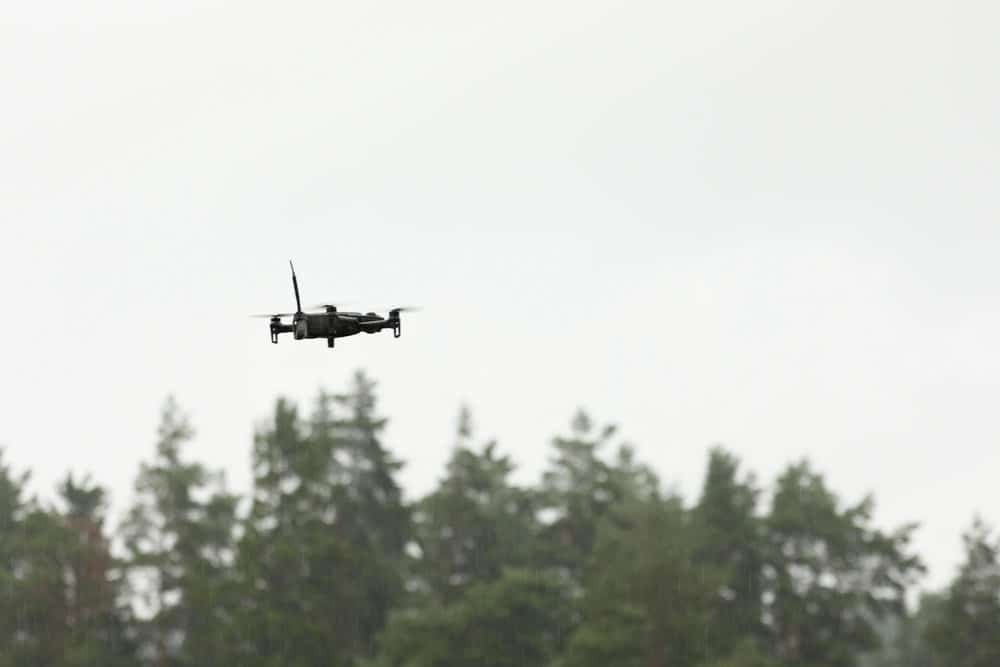
Photos courtesy of U.S. Army by Spc. Josefina Garcia
Discover more from DroneXL.co
Subscribe to get the latest posts sent to your email.
Check out our Classic Line of T-Shirts, Polos, Hoodies and more in our new store today!

MAKE YOUR VOICE HEARD
Proposed legislation threatens your ability to use drones for fun, work, and safety. The Drone Advocacy Alliance is fighting to ensure your voice is heard in these critical policy discussions.Join us and tell your elected officials to protect your right to fly.
Get your Part 107 Certificate
Pass the Part 107 test and take to the skies with the Pilot Institute. We have helped thousands of people become airplane and commercial drone pilots. Our courses are designed by industry experts to help you pass FAA tests and achieve your dreams.

Copyright © DroneXL.co 2025. All rights reserved. The content, images, and intellectual property on this website are protected by copyright law. Reproduction or distribution of any material without prior written permission from DroneXL.co is strictly prohibited. For permissions and inquiries, please contact us first. DroneXL.co is a proud partner of the Drone Advocacy Alliance. Be sure to check out DroneXL's sister site, EVXL.co, for all the latest news on electric vehicles.
FTC: DroneXL.co is an Amazon Associate and uses affiliate links that can generate income from qualifying purchases. We do not sell, share, rent out, or spam your email.


















